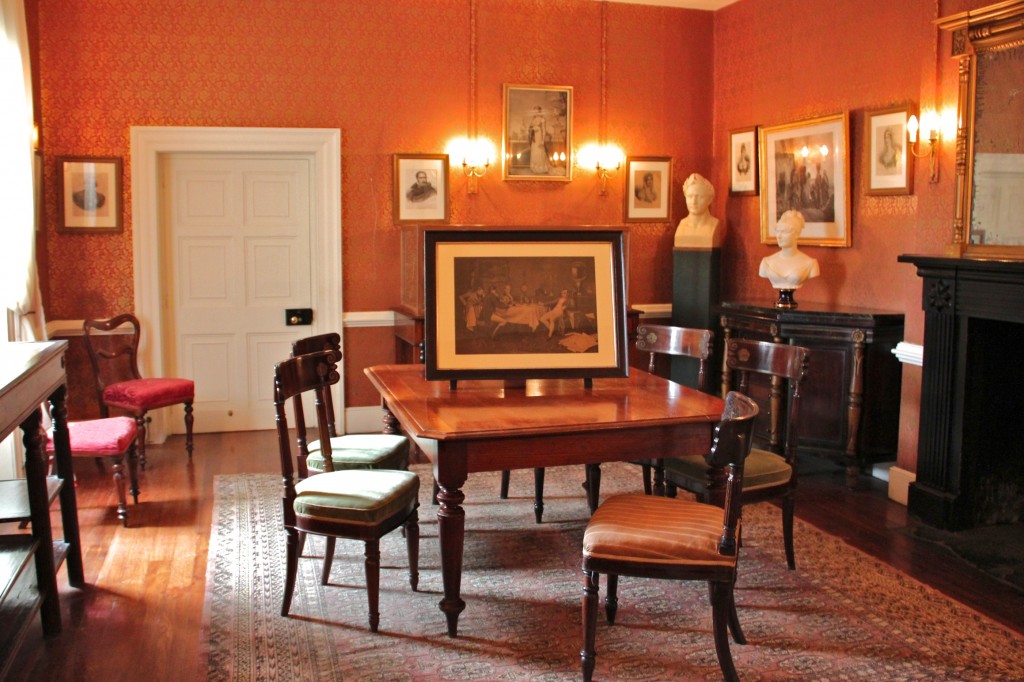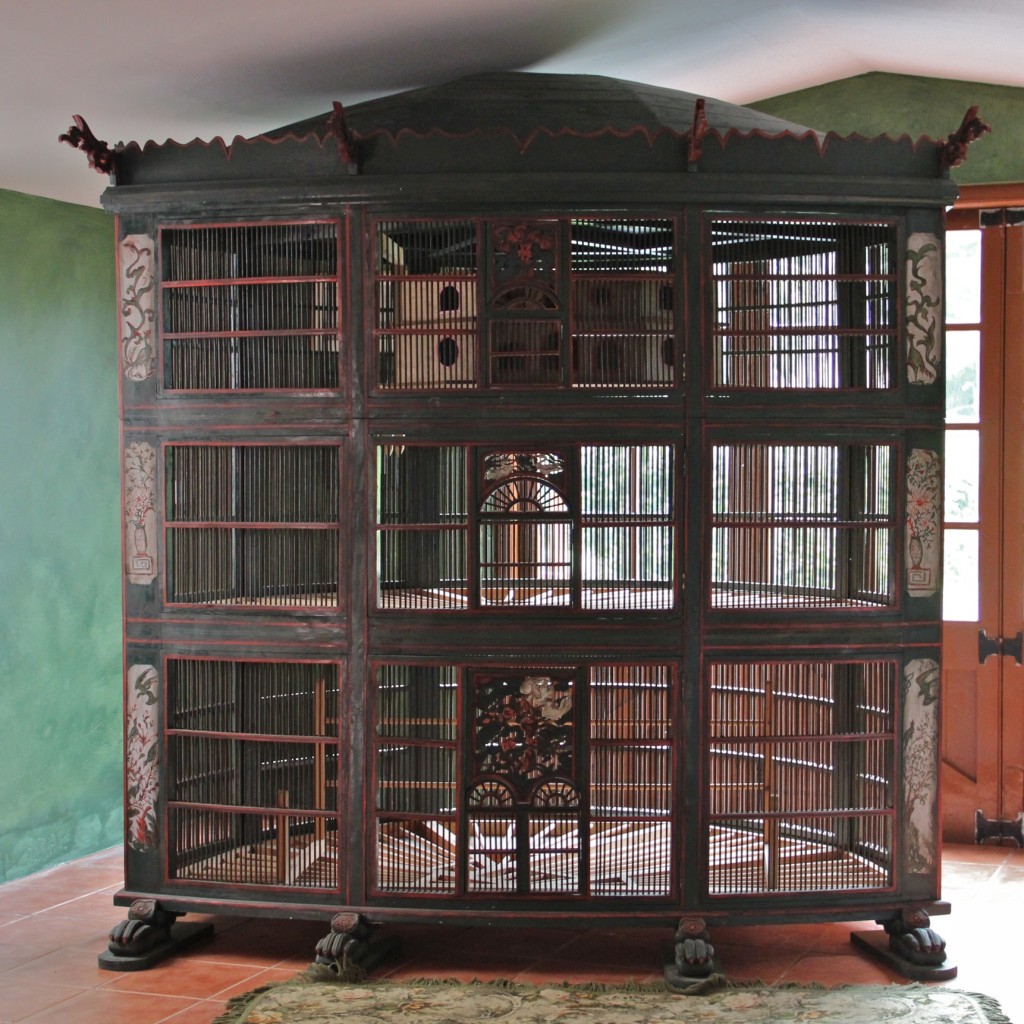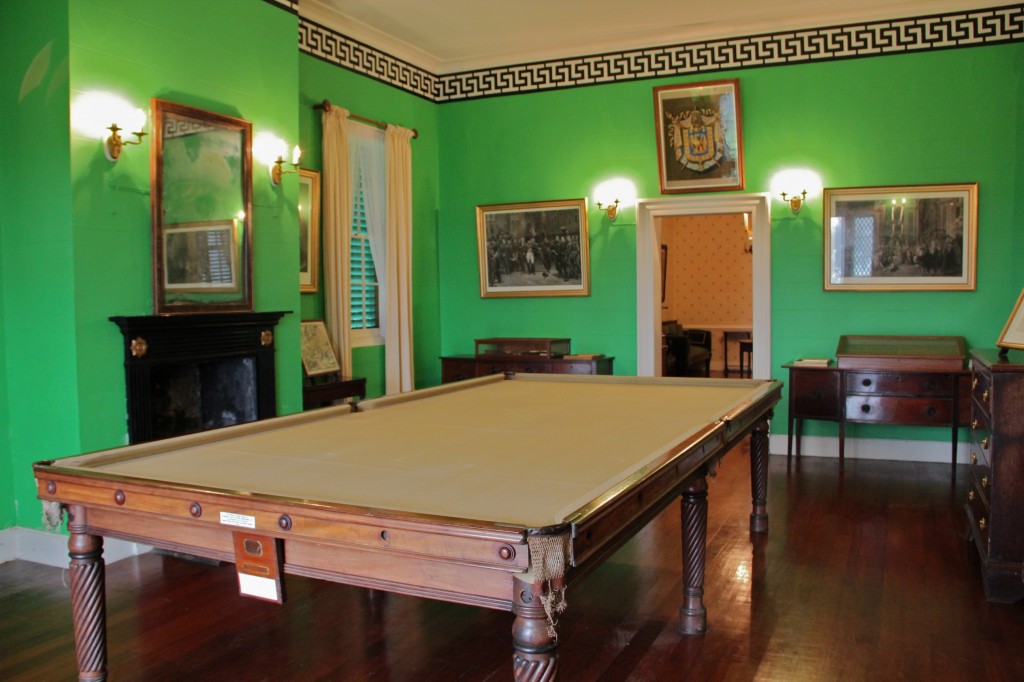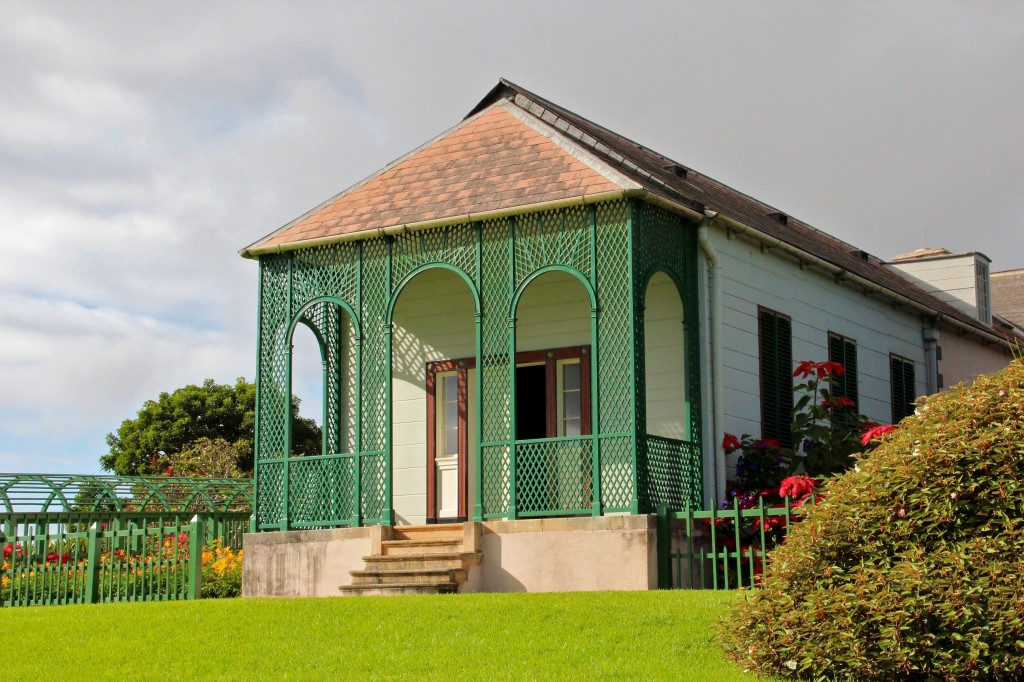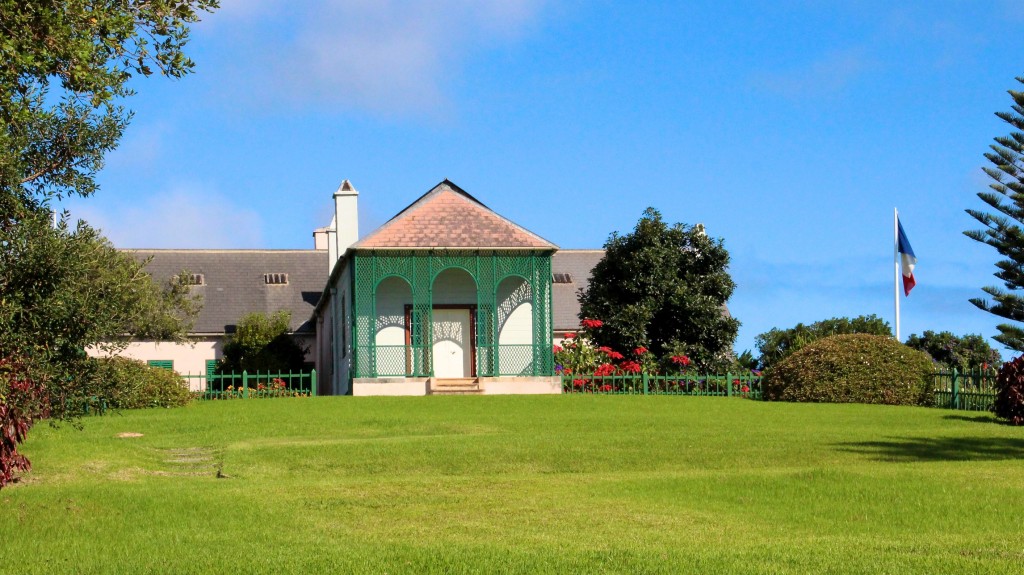Longwood House Part 5
At the far end of Longwood’s reception hall, the room in which Napoleon died, a door opens into the dining room. Here his companions-in-exile and his occasional guests gathered in the evening to eat a brief supper—for meals with Napoleon were only twenty-minute affairs. Afterward, they dissected battles or the emperor read aloud from Corneille, […]
Longwood House Part 5 Read More »

